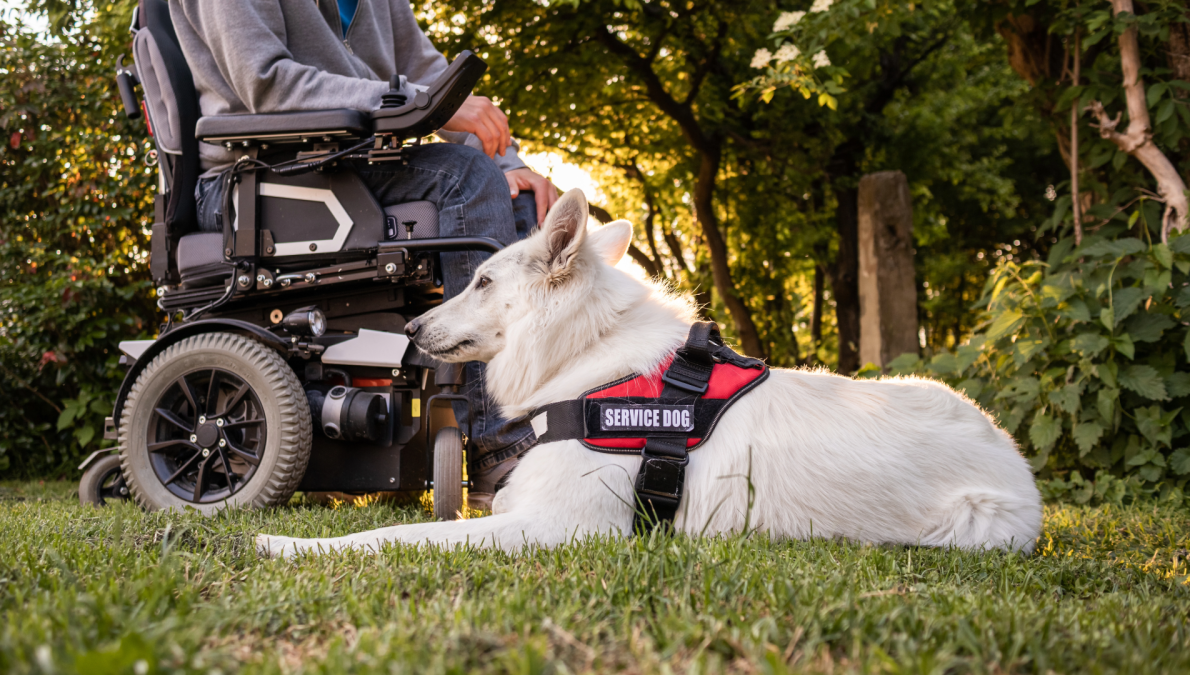Service dogs are known around the world for their vital role in supporting people with disabilities. One famous service dog, Sully, served the 41st president of the United States, George H. W. Bush, while he was suffering from dementia.
History
Service dogs date back to the first century, with evidence found in medieval art. The first guide dog foundation, The Seeing Eye, was founded in 1929 to provide trained dogs to guide the blind.
September is National Service Dog Month, a time to honor both past and current service dogs. These animals are specially trained to perform tasks that support individuals with physical or mental health needs.
One historically important dog, though not a service animal, was Laika—the Soviet space dog. A stray found on the streets of Moscow, Laika became the first living creature to orbit Earth. The mission aimed to study the biological effects of space travel, but it was a one-way trip. Laika died only five to seven hours after launch due to overheating and stress. She was taken from the streets seeking affection, only to be sent on a fatal mission. Today, a memorial statue in Moscow honors her. Her death sparked international debate about the ethics of using animals in research. Animals help humans greatly with research, emotional help, and being a great companion
Service Dog Breeds
The most common dog breeds for service dogs are Labrador retrievers, Golden retrievers, and German shepherds. Labradors are best known to help with guiding the blind, assisting with mobility, and emotional support. Golden Retrievers best help with sensory and emotional needs due to their calm temperament and strong bonding instincts. German shepherds are mostly known as Police dogs because of their intelligence, loyalty, and ability to form strong bonds. Although these are the most common breeds it doesn’t disqualify any other dogs from becoming a service dog.
Difference Between Emotional and Service Dogs
Service dogs are trained to help people with disabilities and provide assistance for a physical, sensory, psychiatric, intellectual, or mental disabilities. Emotional support dogs otherwise abbreviated as ESAs provide comfort and companionship through their mere presence. Service dogs are allowed in public places due to the Americans with Disabilities Act also known as the ADA. Unlike service dogs, ESAs do not have public access rights under the ADA and are not allowed to enter public places where pets are prohibited.
Local Impact
At Briar Woods High School, school psychologist Ms. Peoples shared a story about a client who relied on an emotional support dog to manage anxiety. The dog followed the student throughout the school day and remained by their side for six months. As treatment progressed, the student gradually needed the dog less often, which Ms. Peoples said demonstrated how effective the animal had been in supporting the student’s mental health.
Grant Leeds, a senior and PEER leader at the school, also spoke about the success of bringing an emotional support dog to the high school during high-stress periods such as AP and SAT exam season. PEER works with organizations to bring in therapy dogs to help students manage anxiety. Last year’s visit was a success and they hope to invite a emotional support dogs every year to help students.
Emotional Appeal
Dogs have supported humans for centuries and are now the most commonly owned pet. Whether trained as a service animal or simply a loyal companion, dogs continue to help people in countless ways. Just because a dog doesn’t carry the official title of a “service dog” doesn’t mean they don’t make a difference. Dogs often show their love through actions, not words.




































